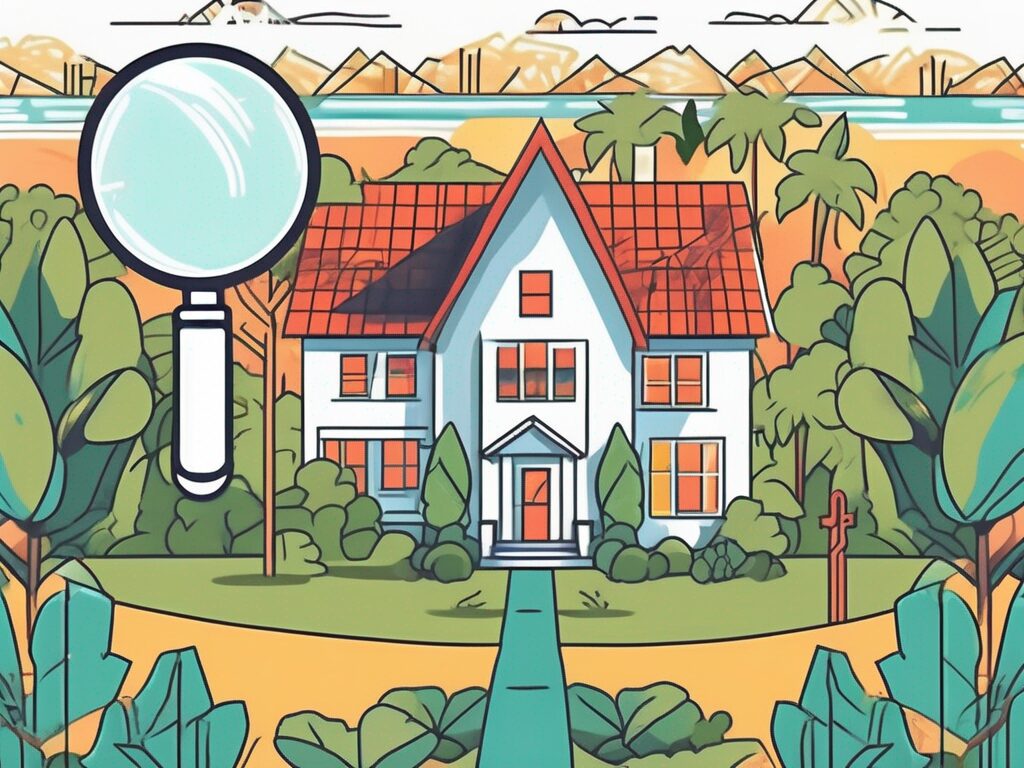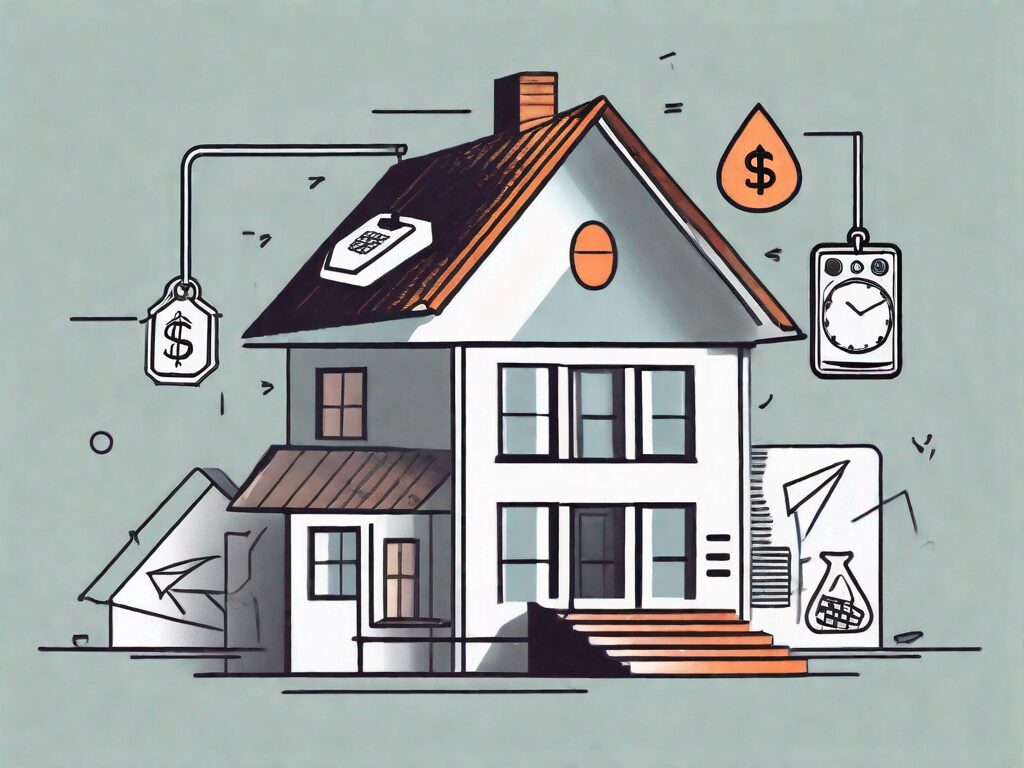
Agent A-Team or Solo Superhero? Finding the Right Real Estate Partner for Your Selling Journey in Wildwood Florida
When it comes to selling your home in Wildwood, Florida,…
January 29, 2024
Buying a home is a major financial decision that requires careful consideration of your budget and affordability. To determine the right homebuying budget for you, it’s crucial to understand the key factors that impact affordability. By taking these factors into account, you can make informed decisions and find a home that aligns with your financial goals. In this article, we will explore these key factors and provide strategies to enhance your home affordability.
Home affordability is influenced by various key factors that need to be carefully considered before making a purchase. Understanding these factors can help you make informed decisions and ensure that you can comfortably afford your dream home.
Your annual income plays a significant role in determining how much you can afford to spend on a home. Lenders typically use a formula called the debt-to-income ratio (DTI) to evaluate your ability to repay a loan. This ratio compares your monthly debt payments to your pre-tax income. To maintain affordability, it’s important to have a stable and sufficient annual income that can support your housing costs.
Having a higher annual income not only increases your chances of qualifying for a mortgage but also allows you to consider homes in higher price ranges. However, it’s important to strike a balance between your income and housing costs to ensure that you can comfortably manage your monthly expenses.
In addition to your annual income, it’s crucial to evaluate and manage your total monthly debts. Lenders consider your debt obligations, such as credit card payments, car loans, and student loans, when determining your affordability. By keeping your debts in check and minimizing your monthly obligations, you can free up more funds to allocate towards your housing expenses, ultimately enhancing your affordability.
Reducing your monthly debts not only improves your financial standing but also increases your chances of securing a mortgage with favorable terms. It’s important to create a budget and prioritize paying off high-interest debts to improve your overall financial health and increase your home affordability.
A down payment is a significant factor in determining the affordability of a home. It is the initial payment made when purchasing a property and is typically expressed as a percentage of the total purchase price. The larger the down payment, the lower your loan amount and monthly mortgage payments will be.
Saving for a substantial down payment can greatly increase your chances of securing a more affordable home. It not only reduces the amount you need to borrow but also demonstrates your financial responsibility to lenders. Additionally, a larger down payment may also help you avoid private mortgage insurance (PMI), which can further enhance your affordability.
As mentioned earlier, your debt-to-income ratio (DTI) is a crucial factor in determining your home affordability. Lenders generally prefer a DTI ratio of 43% or lower. To calculate your DTI, divide your total monthly debt payments by your gross monthly income.
By keeping your DTI low, you can demonstrate to lenders that you have a healthy financial position, increasing your chances of qualifying for a mortgage and affording your desired home. It’s important to carefully evaluate your debts and consider strategies to reduce your DTI, such as paying off outstanding loans or increasing your income.
Interest rates play a significant role in determining the cost of borrowing and consequently impact your home affordability. Lower interest rates can result in lower monthly mortgage payments, making homes more affordable.
It’s crucial to stay updated on prevailing interest rates and consider refinancing options when rates are favorable to potentially decrease your monthly mortgage expenses and enhance your overall affordability. Even a slight decrease in interest rates can lead to significant savings over the life of your mortgage.
The terms of your loan, such as its duration and type, can greatly influence your home affordability. Shorter loan terms often result in higher monthly payments but can save you thousands of dollars in interest over the life of the loan.
On the other hand, longer loan terms may lead to lower monthly payments but can result in paying more interest over time. By carefully evaluating and selecting the most suitable loan terms, you can tailor your mortgage to align with your budget and enhance your affordability. It’s important to consider your long-term financial goals and choose a loan term that best suits your needs.
When determining your home affordability, it’s essential to consider additional expenses beyond the monthly mortgage payments. These expenses may include property taxes, homeowners’ association fees, insurance premiums, and maintenance costs.
By factoring in these expenses upfront, you can ensure that you have a realistic budget that covers all the costs associated with homeownership, ultimately enhancing your affordability and avoiding potential financial strain. It’s important to research and estimate these additional expenses accurately to make an informed decision about the affordability of a home.
The first step in determining your housing affordability is to assess your financial situation. Take an in-depth look at your income, expenses, and overall financial health. Consider any outstanding debts, savings, and other financial commitments. This step will help you evaluate your readiness for homeownership and provide a foundation for calculating your affordable price range.
When assessing your financial situation, it’s important to consider not only your current income but also any potential future changes. Are you expecting a raise or promotion in the near future? Are there any upcoming expenses or financial commitments that may impact your ability to afford a home? By taking these factors into account, you can ensure that you have a realistic understanding of your financial capabilities.
In addition to evaluating your income and expenses, it’s also crucial to consider your credit score. A good credit score can open up more favorable loan options and lower interest rates, making homeownership more affordable in the long run. If your credit score is not where you want it to be, take steps to improve it before diving into the homebuying process.
Once you have a clear understanding of your financial situation, it’s time to calculate your maximum affordable price range. Consider your income, debts, and other monthly obligations to determine the amount you can comfortably allocate towards your housing costs. Use online affordability calculators or consult with a financial professional to get an accurate estimate of your maximum affordable price range.
When calculating your maximum affordable price range, it’s important to think beyond just the mortgage payment. Remember to factor in other housing-related expenses such as property taxes, insurance, and maintenance costs. These additional expenses can vary depending on the location and type of property you are considering, so it’s essential to research and gather accurate information.
Furthermore, it’s crucial to consider your long-term financial goals when determining your maximum affordable price range. Are you planning to start a family or pursue other major life changes in the near future? Will your income be stable or are there potential fluctuations? By taking these factors into account, you can ensure that your housing affordability aligns with your overall financial plans.
With your maximum affordable price range in mind, start your home search within this budget. Be realistic and consider your needs, preferences, and the housing market in your area. By focusing on homes within your budget, you can avoid financial strain and make a purchase that aligns with your long-term financial goals. Engage with real estate professionals to assist you in finding suitable homes within your price range.
When searching for homes within your budget, it’s important to keep an open mind. Sometimes, you may find a hidden gem that meets your needs and falls within your price range, even if it may not have been your initial preference. Additionally, consider the location of the property and its proximity to amenities, schools, and your workplace. These factors can greatly impact your overall satisfaction with the home and its long-term value.
Furthermore, don’t be afraid to negotiate and explore different financing options. Working with a knowledgeable real estate agent and mortgage broker can help you navigate the homebuying process and find opportunities to save money. Remember, finding a home within your budget is not just about the purchase price, but also about finding a property that fits your lifestyle and financial goals.
When it comes to purchasing a home, affordability is a key factor that can make or break your dreams of homeownership. Saving for a down payment can be a daunting task, especially if you’re already juggling other financial responsibilities. However, there are strategies you can employ to enhance home affordability and make your dream home a reality.
One strategy to consider is exploring down payment assistance programs. These programs are designed to provide financial support to eligible homebuyers, making it easier for them to afford the down payment. Whether it’s through grants, loans, or other forms of assistance, these programs can significantly reduce the upfront costs of purchasing a home.
Researching and understanding the various down payment assistance programs available in your area is crucial. Different programs have different eligibility criteria, so it’s important to find the ones that align with your financial situation. Some programs may have income limits or specific requirements, while others may be more flexible. By taking the time to explore these programs, you can increase your chances of finding the right assistance that fits your needs.
Once you’ve identified the down payment assistance programs that you qualify for, it’s essential to take full advantage of them. Applying for these programs and following their application process diligently can help you secure the financial support you need. Remember, every dollar you receive through these programs is one step closer to achieving your homeownership goals.
It’s also worth noting that down payment assistance programs are not the only option available to enhance home affordability. Other strategies, such as negotiating with sellers for a lower purchase price or exploring mortgage options with lower down payment requirements, can also contribute to making homeownership more affordable.
Additionally, improving your credit score can have a significant impact on your ability to afford a home. A higher credit score can open doors to better mortgage rates and terms, ultimately reducing your monthly mortgage payments. Taking steps to pay off debts, making payments on time, and keeping your credit utilization low are all ways to improve your credit score and enhance your affordability.
Remember, enhancing home affordability is not a one-time task. It requires ongoing effort and financial discipline. Regularly reviewing your budget, tracking your expenses, and finding ways to save money can all contribute to making homeownership more affordable in the long run.
In conclusion, while saving for a down payment may seem challenging, there are various strategies you can employ to enhance home affordability. Exploring down payment assistance programs, improving your credit score, and being proactive in finding ways to save money are just a few examples. By taking advantage of these strategies and staying committed to your financial goals, you can turn your dream of homeownership into a reality.

If you want the Richr team to help you save thousands on your home just book a call.
 Book a call
Book a call